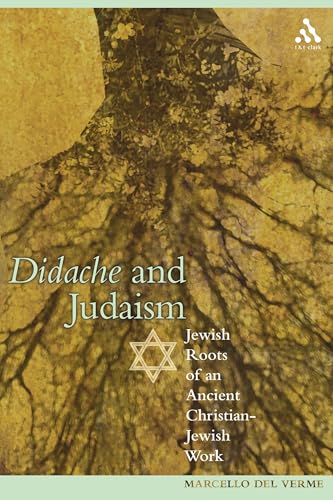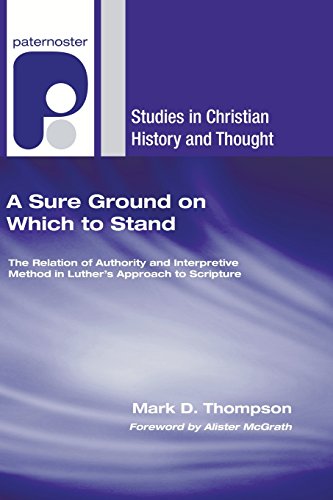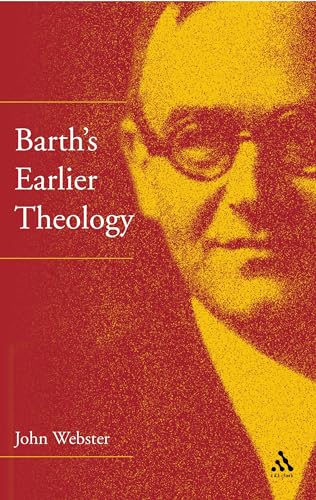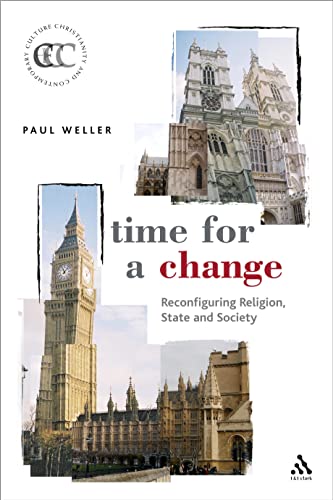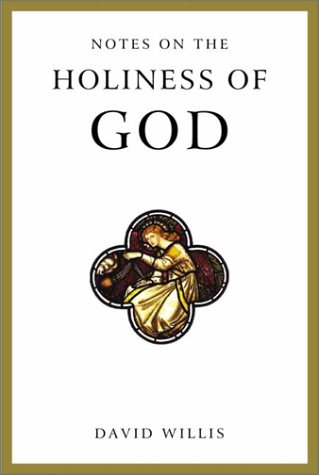Negotiating Diaspora: Jewish Strategies In The Roman Empire, LSTS 45
Written by John Barclay Reviewed By Stephen CattoIn Negotiating Diaspora, John Barclay brings together six essays originally presented at a conference at the University of Glasgow in 2001. In his introduction, Barclay notes that while the term ‘diaspora’ was traditionally associated with the Jews, it has now become more widely used: he gives the example of the Irish or Scottish ‘diaspora’ in America, Canada etc (1). Research into these diasporas has highlighted new and fruitful areas of research that can also be applied to the Jewish Diaspora.
The first essay is by Margaret Williams: ‘Being a Jew in Rome: Sabbath Fasting as an Expression of Romano-Jewish Identity’. Noting the various authors who discuss first-century Jewish practice, Williams points out that one of the most common customs mentioned is Sabbath fasting. While Rome is the only community in which this is attested, scholars have wrongly, she concludes, thought these writers were mistaken. Williams suggests that there is a particular reason the Roman Jews should have observed the Sabbath by fasting: the earliest Jewish population of the city came as prisoners of war. Because the fall of Jerusalem and their resulting captivity took place on the Sabbath, it is not surprising that they should choose to mark Sabbath by fasting. While Williams correctly points to the potential for differences in practice between Jewish communities, it is worth nothing that the only archaeological evidence we have for a synagogue building neat Rome is in the port city of Ostia. The first-century phase of this building incorporated a dining room (triclinium) and if all Roman Jews did observe Sabbath fasting, how would this facility been used?
Sarah Pearce’s chapter, ‘Jerusalem as Mother-City in the Writings of Philo of Alexandria’, discuses Philo’s use of the Greek word metropolis. Critiquing, in particular, the work of Amir, Kasher and Niehoff, Pearce asks: ‘Does Philo really claim that Jerusalem should be viewed as the true homeland for Jews in contrast to Diaspora homelands?’ (24). Her answer is ‘no’. Rather, drawing on scriptural traditions, Philo describes Jerusalem in a way that is understandable within the Hellenistic World.
In the third chapter, ‘The Jews in the Balkan Provinces of the Roman Empire: The Evidence from the Territory of Bulgaria’, Alexander Panayotov provides a detailed and fascinating description of all the available Jewish evidence from the area of modern Bulgaria between the third and sixth centuries ad. Helpfully illustrated with many photographs and plans, each is described and discussed in detail, with new perspectives brought to the material.
The fourth chapter is by Paul Trebilco: ‘The Christian and Jewish Eumeneian Formula’. A series of funerary inscriptions from Phrygia, dating to the third and fourth centuries ad conclude with the formula ‘he or she will have to reckon with God’. Some are clearly Christian (e.g. they contain the term christianol), two are probably Jewish and, Trebilco argues, the remainder should be designated ‘either Christian or Jewish’. There were significant Jewish and Christian communities in Phrygia in this period and Trebilco proposes that this formulaic use by both groups suggests a close relationship between them. In its assessment of these inscriptions, this paper is very detailed and judicious. Whether we can, from this evidence, assume a close connection between the Jewish and Christian communities is more difficult.
The final two chapters focus on the writing of Josephus: James McLaren, ‘Constructing Judean History in the Diaspora: Josephus’s Accounts of Judas, John Barclay, ‘The Politics of Contempt Judeans and Egyptians in Josephus’s Against Apion’. Urging caution when assessing the historical veracity of Josephus’s accounts of Judas the Galilean, McLaren argues that it is the ‘socio-political location of Josephus in 66 cethat is crucial’ (101) in understanding the rhetorical purpose of his writing. He proposes that Josephus, along with other rebel priests, had advocated rebellion against the Romans, however, in his writing ‘the war cry has been relocated to another time, group and place, namely, Judas from Galilee and the supposed fourth philosophy’ (102). Barclay’s essay also focuses on the rhetorical strategy of Josephus particularly in Against Apion. In contrast to the commonly held view that Judeans and Egyptians were closely associated. Josephus sets out to define the Judeans clearly from the Egyptians thereby allowing him to highlight their superiority ‘as exemplars of reasonable and traditional piety and as loyal friends to Rome’ (127).
This book brings together essays which interact carefully with a broad base of primary material: archaeological as well as literary. It will be helpful for anyone interested in the study of Diaspora Judaism.
Stephen Catto
Moorlands College



